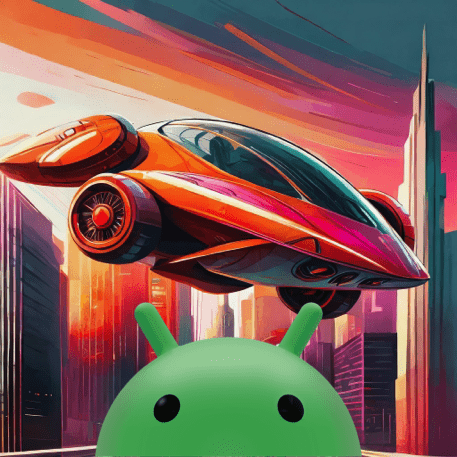
The Future of Branding
Trends to Watch in 2024
As the digital age accelerates, so too do the expectations of consumers. They now seek more than just products or services; they crave experiences, stories, and brands that reflect their own values and aspirations.
Since, in the best of circumstances, brands are a love affair between a company and its customer, marketers must respond to these new expectations to remain relevant.
This shift demands that brands not only offer value in terms of what they sell, but also in how they sell it. For instance, the rise of experiential retail showcases how brands are transforming shopping into an immersive experience, as seen with Nike’s flagship stores that offer personalized workouts and fittings.
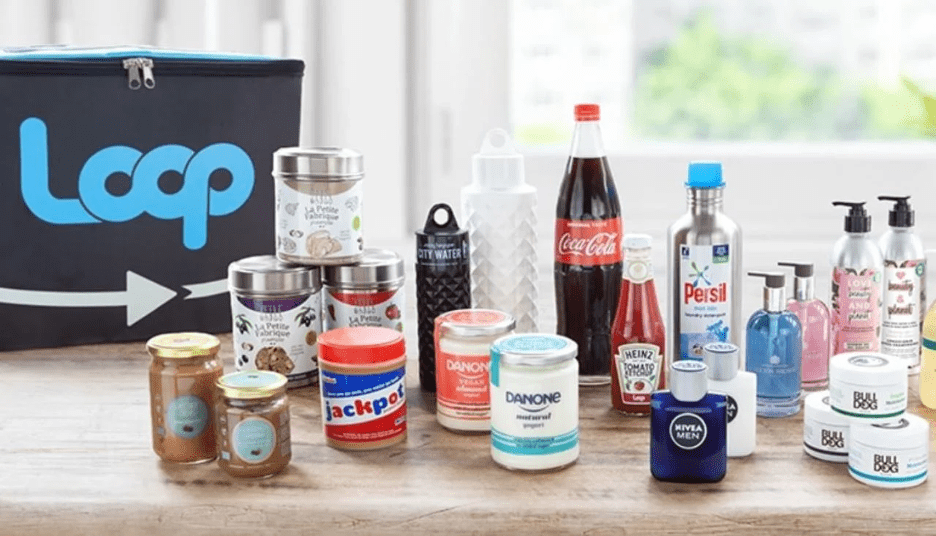
The emphasis on sustainability has never been more pronounced. As climate change becomes an increasingly urgent global issue, consumers are turning to brands that can demonstrate a commitment to eco-friendly practices. This isn’t limited to just the product, but extends to packaging, operations and the entire supply chain. Loop, a platform that partners with brands to offer reusable packaging, is a prime example of how sustainability is being integrated into the customer experience.
Technology has enabled brands to understand and cater to their customers like never before. Personalization, powered by big data and AI, allows brands to tailor their offerings to meet the unique needs of each customer. From personalized email marketing campaigns to customized product recommendations, brands are finding innovative ways to make every customer feel special. Coca-Cola’s “Share a Coke” campaign, which personalized bottles with names, demonstrated how personal touches could create a viral sensation.
Leveraging Social Media Beyond Marketing
Social media has evolved from a promotional tool to a critical component of brand strategy, encompassing customer service, engagement, and even product development. Brands are using social media to create communities, gather customer feedback, and involve their audience in the product development process. This two-way dialogue not only enhances customer satisfaction but also fosters a sense of ownership and loyalty towards the brand.
The Impact of AR and VR on Brand Engagement
Augmented Reality (AR) and Virtual Reality (VR) are opening new avenues for brands to engage with their customers. These technologies offer immersive experiences that can elevate the brand’s storytelling, making it more interactive and memorable. Since IKEA launched its Place app that uses AR to let customers visualize how furniture would look in their homes, other brands are also now similarly bridging the gap between the digital and physical worlds.
A Renaissance for Logo Design
In 2024, the world of logo design continues to evolve at a rapid pace, mirroring the dynamism of our society, technological advancements, and artistic innovations. As we observe the latest trends, it becomes evident that logos are not just symbols but storytellers, capable of conveying a brand’s identity, ethos, and aspirations. Here are five logo design directions to keep an eye on.
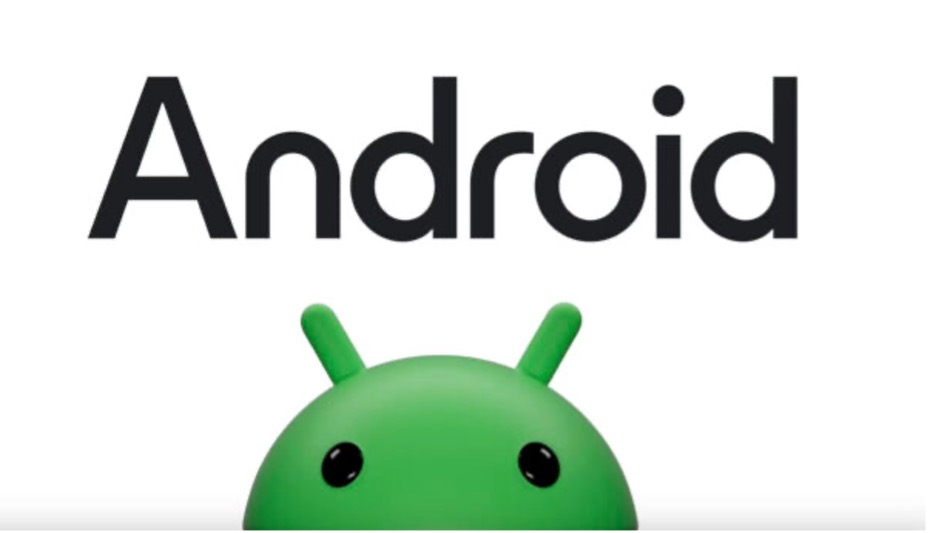
- 3D Logos: A Leap into Dimensionality
The transition from flat design to 3D showcases a desire for logos to break free from the two-dimensional realm and engage with audiences in more dynamic ways. Examples like Reddit’s mascot, Snoo, and Android’s logo update exemplify this trend, bringing characters to life and paving the way for animated logos in digital environments. This shift highlights a move towards logos that can adapt and thrive in virtual and augmented realities.

- Royal Blue Dominance
Despite Pantone’s selection of Peach Fuzz for the color of the year and the continued fascination with Barbie pink, royal blue has made a significant impact in logo design. Esteemed brands like Nokia and Burberry have incorporated this rich hue, signaling trust, stability, and loyalty. The choice of bold colors, such as royal blue, reflects a trend towards designs that capture attention and make a strong visual statement.
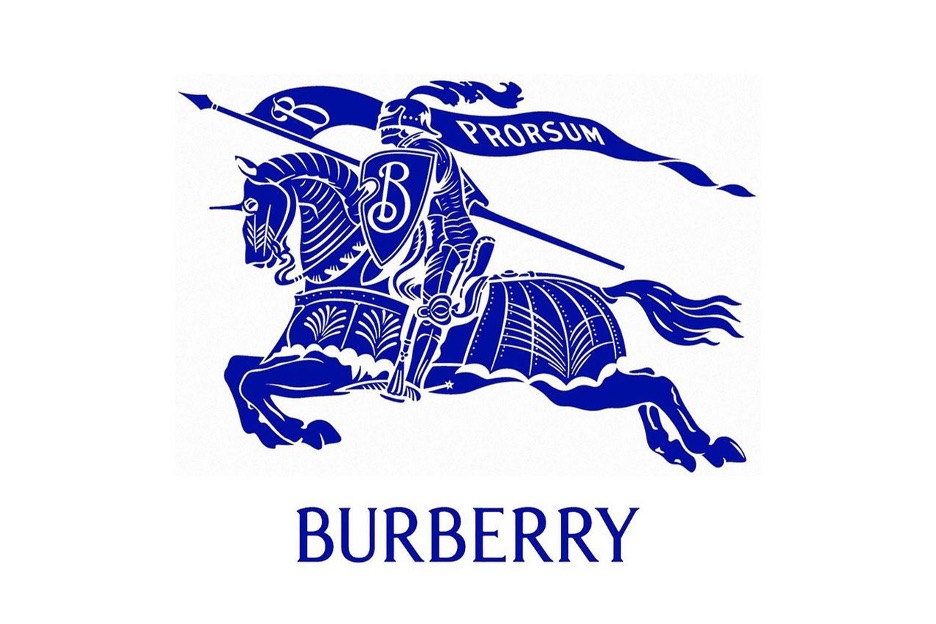
- Nostalgia with a Modern Twist
In a response to rapid technological advances, and as I have previously reported, brands like Burberry and Pepsi are looking back to their histories for inspiration, blending traditional elements with contemporary flair. This trend reflects a desire for stability and continuity, with logos that honor the past while staying relevant in the present.
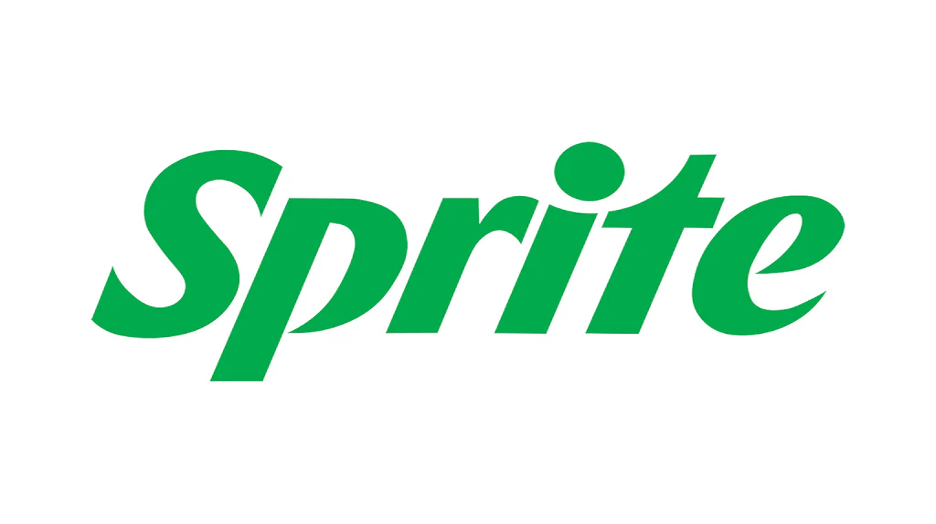
- Artistic Typography
Gone are the days of safe font choices. The current landscape favors whimsical and creative fonts, with exaggerated strokes and unique characteristics leading the charge. This trend is about logos with personality, breaking free from uniformity and embracing the unexpected. AI is also getting into the act and soon every brand can have its very own typeface.

- Lowercase Logos
Lowercase logos convey approachability and informality, appealing to consumers seeking personable and authentic brand interactions. This trend is exemplified by brands like Amazon and mastercard, which use lowercase typography to present a friendly, accessible image.
Embracing the Future
The branding trends of 2024 represent a shift towards more personal, sustainable, and technologically integrated brand experiences. As brands navigate these trends, the emphasis on meaningful engagement, transparency, and innovation will set the successful ones apart.
In this dynamic landscape, the evolution of logo design reflects the broader changes in branding strategies. By focusing on character, adaptability and a deep connection with consumer values, logos are becoming more than just a visual identifier—they are becoming a symbol of the brand’s ethos and commitment to its customers.
As we look to the future, the brands that thrive will be those that can adapt to these changes while staying true to their core values. The journey of branding in 2024 and beyond is not just about selling a product or service but about creating a brand that lives in the hearts and minds of consumers.



